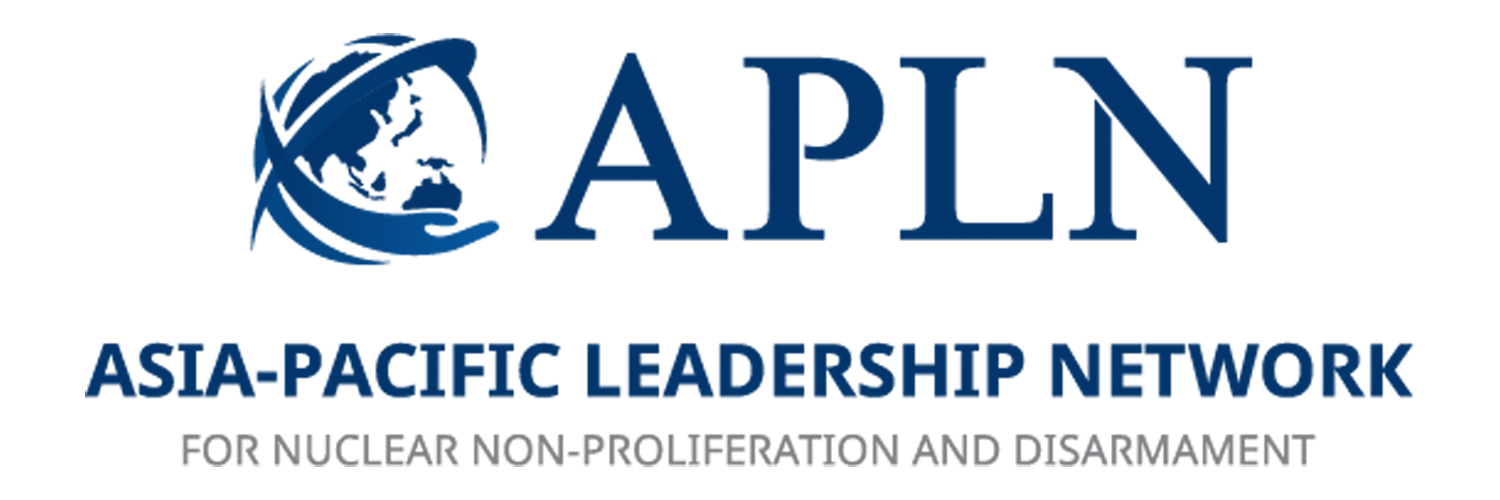APLN Newsletter (November 6, 2020)
APLN’s Activities
The 75th Anniversary Nagasaki Nuclear-Pandemic Nexus Scenario Project
On 31 October 2020, the opening ceremony for the 75th Anniversary Nagasaki Nuclear-Pandemic Nexus Scenario Project hosted by the APLN, RECNA, and Nautilus Institute was successfully held online. The ceremony included a keynote speech by APLN Chair Gareth Evans, as well as a series of expert presentations followed by a Q&A session. Topics discussed included pandemics, equitable access to vaccines, the risk of nuclear war, and the future of geopolitics in northeast Asia.
For more information on the project, and to access the full video of the opening ceremony and expert working papers, please refer to APLN’s website. Learn more
APLN and the Korea Times
Siddharth Varadarajan: Tension on the India-China Border: Why Asia Should Care
On 28 October 2020, Siddarth Varadarajan’s article discussing the dangers of escalation in India-China conflicts was published in APLN’s corner of the Korea Times. While India and Pakistan did not engage with nuclear weapons in the Kargil War of 1999, Varadarajan raises issues of growing nationalist policies, social media, and the reactivation of the Quad, as indicators of heightened tensions that cannot be resolved simply bilaterally. Multilateral discussions with Korea, ASEAN countries, Russia, and others will be needed for de-escalation. Learn more
Recent Activities and Updates
Email us about your recent activities! The APLN Secretariat asks members and colleagues to send us your recent activities, references, or changes in post from your respective countries to share with all those involved. Please send us any updates or resources to our email address at apln@apln.network.
Members’ Activities
Feature on the Nuclear Weapon Ban Treaty
On 24 October 2020, Honduras became the 50th state to ratify the Treaty on the Prohibition of Nuclear Weapons (TPNW) triggering the treaty’s entry into force on 22 January 2021. While the treaty is welcomed by supporters of nuclear disarmament, the nuclear armed states remain staunchly opposed. In recent days, APLN network members have offered their expert assessments.
Where Will Australia Stand on Banning Weapons of Mass Destruction?
On 27 October 2020, Marianne Hanson’s article on Australia’s stance on TPNW was published for The Interpreter. Hanson reiterates that the treaty works on the basis of a universal obligation to humanitarianism by rejecting all states from the possession of WMDs. Thus, it is argued that Australia joining the treaty will signal its commitment to a rules-based order in which international law, humanitarianism, and respect for multilateralism take precedence. Learn more
Mobilizing the World Behind the Nuclear Weapons Ban Treaty
On 30 October 2020, Ramesh Thakur explored the implications of the TPNW in a commentary for the Japan Times. Critics argue that the ban is “unimplementable in practice” as all nuclear possessor states are against the treaty. Thakur highlights the frustration of non-nuclear NPT parties and how the ban treaty will drive civil society and states to “bring democracy to disarmament.’” Learn more
The Nuclear Ban Treaty Enters Force: The Dawn of a Nuclear Order
On 30 October 2020, the Bulletin of Atomic Scientists published a contribution by Ramesh Thakur arguing that the ban treaty will “rob all nuclear-armed states of the fig leaf of international legitimacy, devalue nuclear weapons as the currency of international politics, and degrade both their military utility and political value.” He also suggests that the TPNW may unlock bilateral nuclear dialogues between the nuclear armed states. Learn more
Australia Should Show Leadership on the Nuclear Ban Treaty
On 30 October 2020, Marianne Hanson wrote an article for Pearls and Irritations on the need for Australian leadership regarding the nuclear ban treaty. While there may be resistance from the United States, Hanson argues that Australia needs to symbolically delegitimize nuclear weapons as they can inflict unspeakable suffering to millions of civilians. Hanson calls Australia to action for support on nuclear disarmament as they only strengthen and complete the NPT. Learn more
Disarming the Unarmed: Current Reality of Nuclear Ban Treaty
On 31 October 2020 in The Sunday Guardian Manpreet Sethi offered a sceptical perspective on the TPNW and its ambitions of achieving a nuclear weapons free world. Sethi assesses India’s criticisms of the TPNW and argues that supporters of nuclear elimination should concentrate on inducing support for the ban among nuclear possessors. Learn more
APLN’s Selections
Nuclear Weapons in the Taiwan Strait Part II
On 12 October 2020, Gregory Kulacki’s “Nuclear Weapons in the Taiwan Strait Part II” was published in the Journal for Peace and Nuclear Disarmament. It provides a novel perspective of the Taiwan Strait Crisis by examining historical evidence to demonstrate how “U.S. preparations and expressions of intent to use nuclear weapons [against the PRC] were counterproductive.” Drawing from lessons learned from this crisis, Kulacki argues that the U.S. should refrain from pronouncing any intent to break the taboo on the use of nuclear weapons since 1945. Learn more
The U.S. Initiative on Creating an Environment for Nuclear Disarmament
On 15 October 2020, Mitsuru Kurosawa published an assessment of the U.S. Initiative on Creating an Environment for Nuclear Disarmament in the Journal for Peace and Nuclear Disarmament. Kurosawa advocates for a new approach that aims for security and peace in tandem with nuclear disarmament. He argues that this will create an environment for dialogue and actual implementation of denuclearization strategies. Learn more
Examining Kim’s Approach to Construction: Project Wonsan
On 16 October 2020, 38 North published “Examining Kim’s Approach to Construction” with a focused analysis on Project Wonsan. The development of the Wonsan Beach resort demonstrates Kim Jong Un’s shift from “his father’s songun policy of military first, to his own byungjin policy of simultaneous economic and nuclear development, to a more economy-focused policy in recent years.” Although progress has been stalled due to COVID-19, Kim Jong Un’s site visit patterns and practice shed light on his priorities and how they may shift in the future. Learn more
After the Parade, North Korea’s Steady Progress Matters More Than Its Big New Missile
On 16 October 2020, Jenny Town published an article about the DPRK’s parade in the Bulletin of the Atomic Scientists. Although unlikely to be real given the size, the stars of the parade were a new large intercontinental ballistic missile (ICBM) and a submarine-launched ballistic missile (SLBM). Town argues that the overall military modernization is questionable, and suggests the adoption of better strategies to deter further developments while creating stronger bonds to aim for denuclearization in the longer run. Learn more

